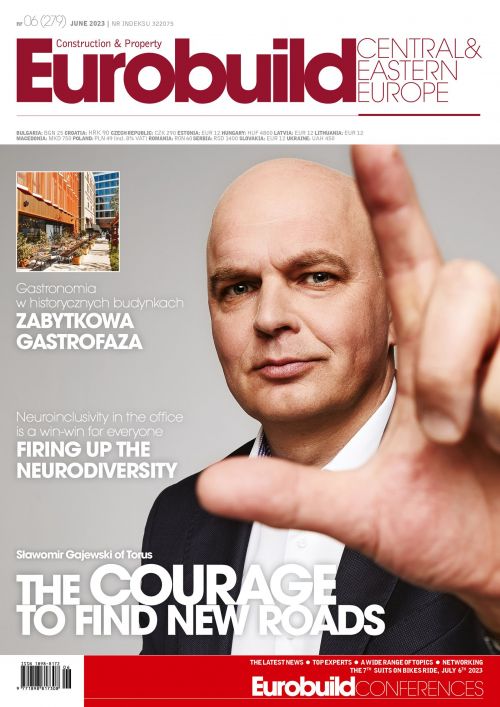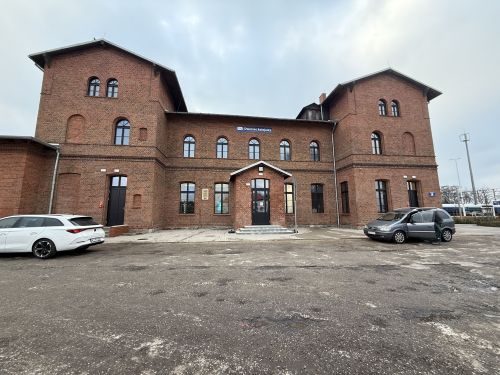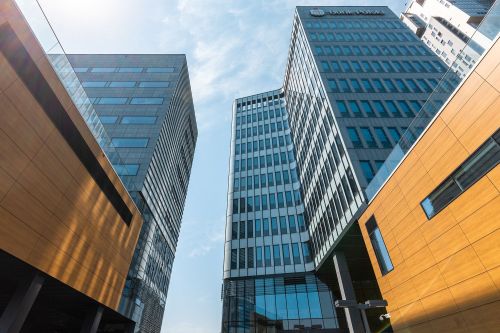It is estimated that up to every fifth person can be counted as neuroatypical – in other words, the mental development of 15–20 pct of society deviates from the norm. This doesn’t mean they are better or worse than the rest, but that they are just different. Neurodiversity covers the entire spectrum of ways that our nervous system can operate and develop. One way of putting it, which would also be a gross simplification, would be to say that neurotypical people can easily adapt, whereas the neuroatypical face numerous barriers in what only appears to be a friendly environment. Some of these people are able to function quite normally, despite feeling uncomfortable in certain situations, but some give up on having a career entirely due to a perceived inability to adapt. For many years, being neuroatypical was viewed as a medical condition and that has often led to stigmatisation. Today, however, such disorders are no longer categorised as illnesses – but the neuro































































